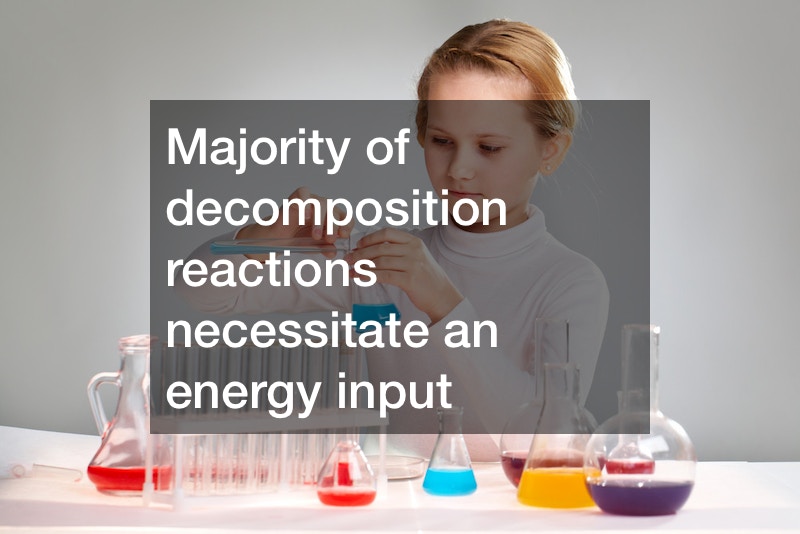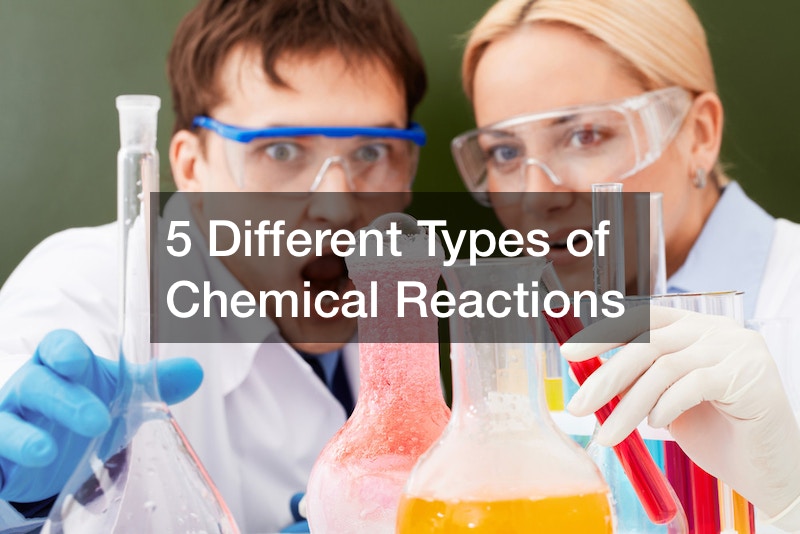
Many chemical reactions fall into one of five categories. Understanding these types of reactions will help you predict the products of an unfamiliar reaction. Synthesis, decomposition, combustion, single-replacement, and double replacement are the five primary types of chemical reactions. Analyzing the products and reactants of a specific reaction will enable you to categorize it. Some reactions will fall into multiple categories.
A synthesis reaction occurs when two or more compounds react to form a single new compound. Combination reactions are also known as synthesis reactions.
A decomposition reaction occurs when a compound is broken down into two or several simple molecules. The majority of decomposition reactions necessitate an energy input in the form of electricity, heat, and light. A single-replacement reaction takes place when one substance replaces another in a compound. Component A is a metal in this general reaction and replaces component B, also a metal, in the element. A double-replacement reaction takes place when the negative and positive ions of two ionic substances exchange places, resulting in the formation of two new substances. A combustion reaction occurs when a compound reacts with oxygen, releasing energy as heat and light. O2 must be present in chemical reaction tanks during a combustion reaction.





